For Inspiring Music Experiences
The 60-year History of Technics’ Love of Music
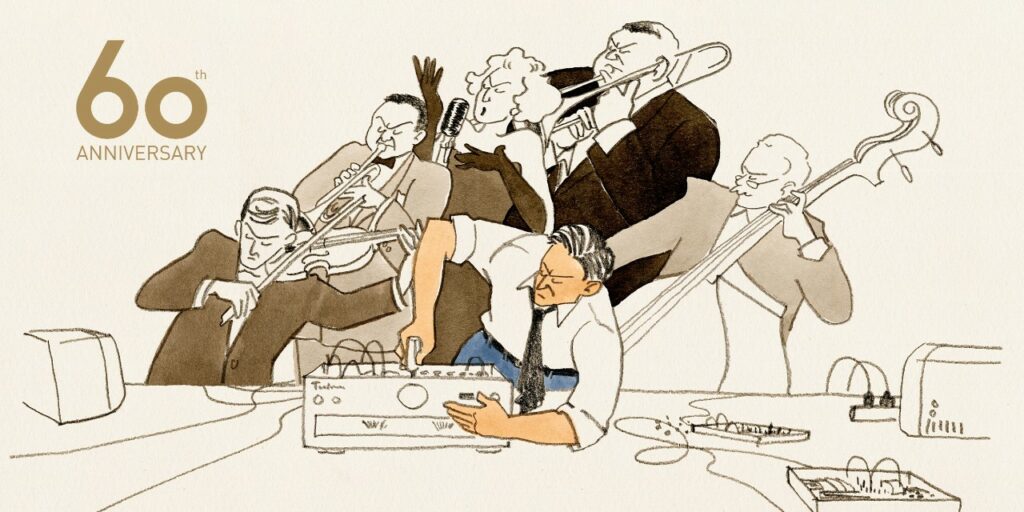
The Technics brand name originates from the word technology. Founded in 1965, Technics was born from the passion of engineers dedicated to advancing music culture through exceptional technology.
Over its 60-year history, Technics has significantly grown, pioneering numerous world-leading innovative technologies and products. Here, we trace the company’s rich history.

In 1965, Technics launched the bookshelf-type speaker system, Technics 1.This marked the origin and starting point of the Technics brand. Technics 1 was designed based on the optimization of cabinet volume and speaker diameter for superior bass reproduction. At its launch, it received acclaim from numerous critics for its rich sound despite its size, and it became a huge hit. With the philosophy of “unless we improve acoustic characteristics, we can’t reproduce great sound,” we began releasing a series of products backed by extensive research and technology, rather than relying solely on the auditory senses of engineers.
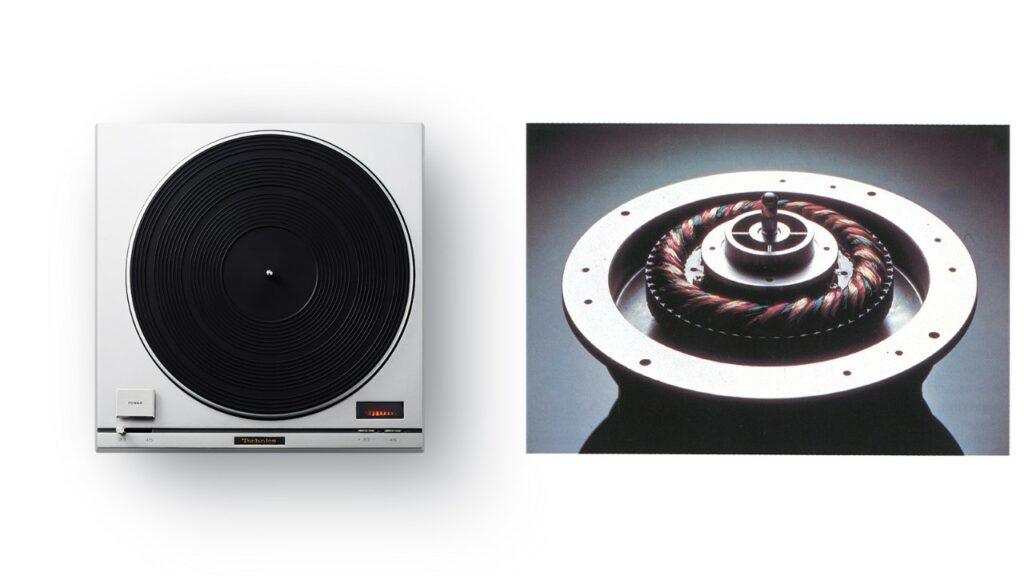
The development of direct-drive turntables began with a desire from fans for a belt-drive player that would remain consistent even in freezing temperatures. While improving the belt material, we challenged ourselves to create an entirely new drive system that would solve the issue altogether. This led to the development of a direct-drive system, where the turntable spins directly on the shaft of a low-speed motor. The result was the SP-10, the world’s first direct-drive turntable with unparalleled rotational performance. The SP-10 series earned the trust of broadcasters worldwide, including the BBC. The popularity of Technics’ direct-drive turntables soared, spreading globally. The robustness of the direct-drive turntable also became the catalyst for the creation of DJ play.
– See also: History of the SL-1200, an Icon of Music Culture
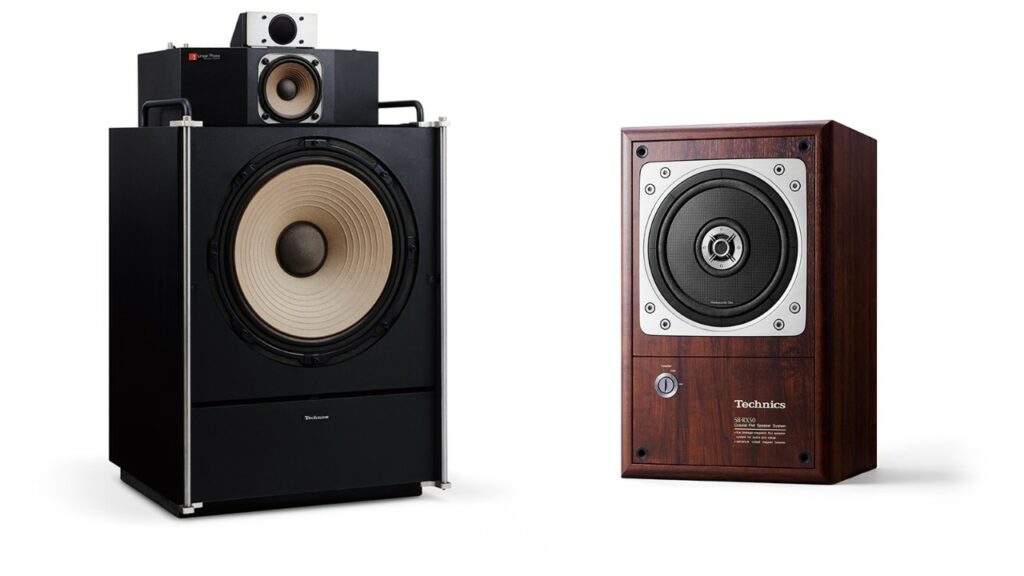
The Technics 7 (SB-7000), the world’s first linear phase speaker, solved problematic phase characteristics and directional anomalies found in other multi-way speaker systems. Before that time, it was believed that human ears could not detect phase misalignment, misaligned sound waves, coming from speakers. The Technics 7 proved this common belief wrong, and it sold over 100,000 units. Technics’ unique linear phase idea led to the “point-sound-source” concept and a flat coaxial speaker design. The SB-RX50 was born in 1986. In the SB-RX50’s flat coaxial two-way drive unit, the sound source of the woofer and tweeter in each speaker is aligned to a single point — side-to-side, top-to-bottom, and front-to-back — delivering excellent sound imaging and soundstage focus. This point-sound-source concept continues to this day in Technics speakers.
A Symbol of 100 Years of Audio Innovation
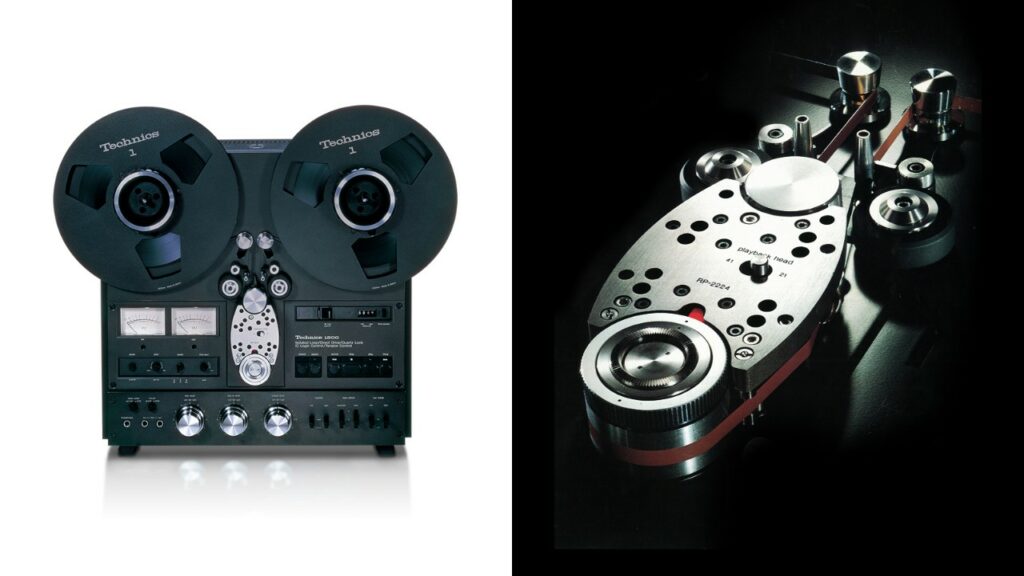
In the 1970s, the open reel tape deck market was undergoing significant changes. Technics adopted an innovative approach by developing and commercializing a unique single-capstan closed-loop system that fully utilized direct-drive motors.
This system allowed us to lower product costs while delivering high performance, including tape running stabilization and noise reduction. The outcome was the RS-1500U, which was well-received in the market and became a major success.
In 1977, marking the 100th anniversary of Edison’s invention of the phonograph, a German audio magazine featured the gramophone and the RS-1500U in a special issue titled “Audio Equipment for the Next 200 Years.” The RS-1500U was selected as a symbol of progress among all audio equipment worldwide.
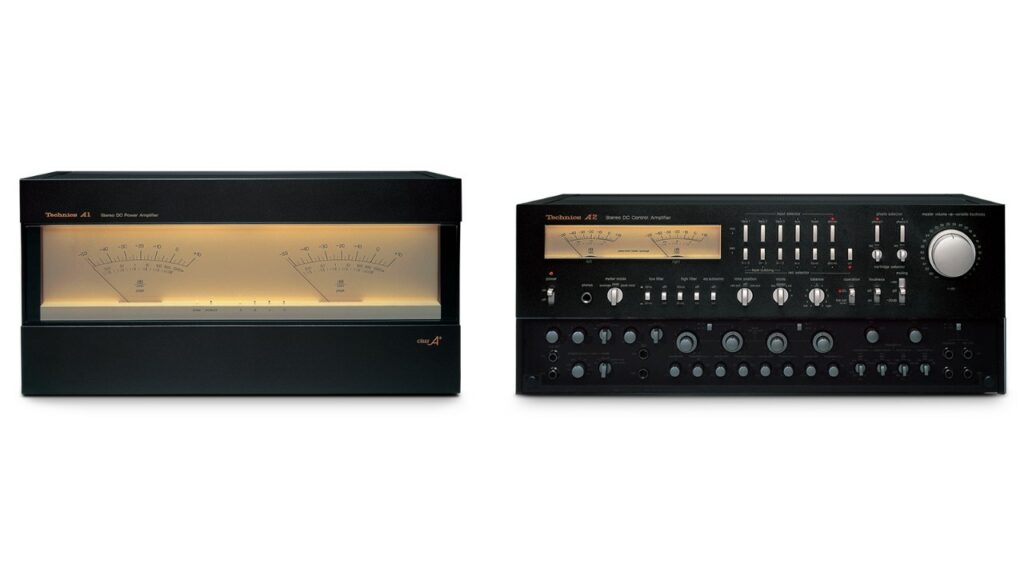
To demonstrate its technological prowess, Technics tackled the challenge of developing the highest quality amplifiers to faithfully reproduce musical waveforms. This has been a long-standing theme in Hi-Fi audio. The results were groundbreaking innovations, the SE-A1, a top-of-the-line “Class-A+ power amplifier,” and the SU-A2 preamplifier with Class-A operation in all stages. These special amplifiers were built to order, with only one unit made per day. The concept of “Class-A+ operation” aimed to achieve the efficient output of Class-B amplifiers while maintaining the low distortion and high sound quality of Class-A amplifiers. This technology has been carried forward into the headphone amplifiers in current Technics products.
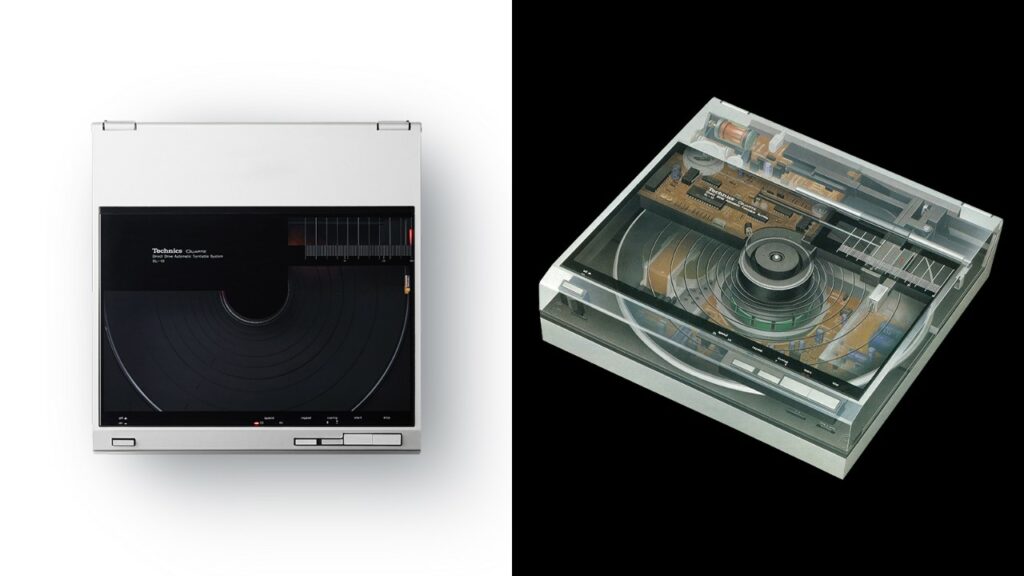
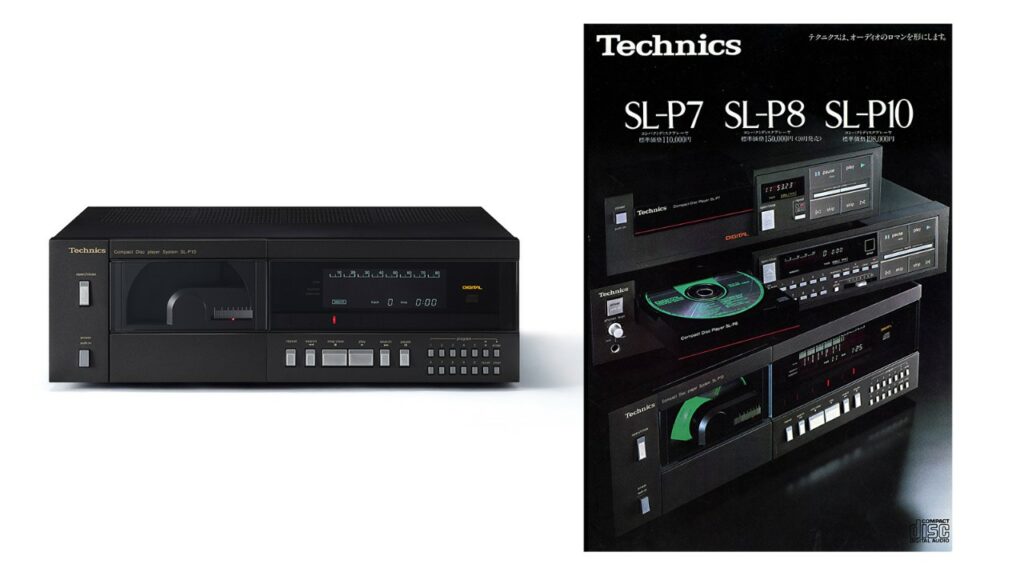
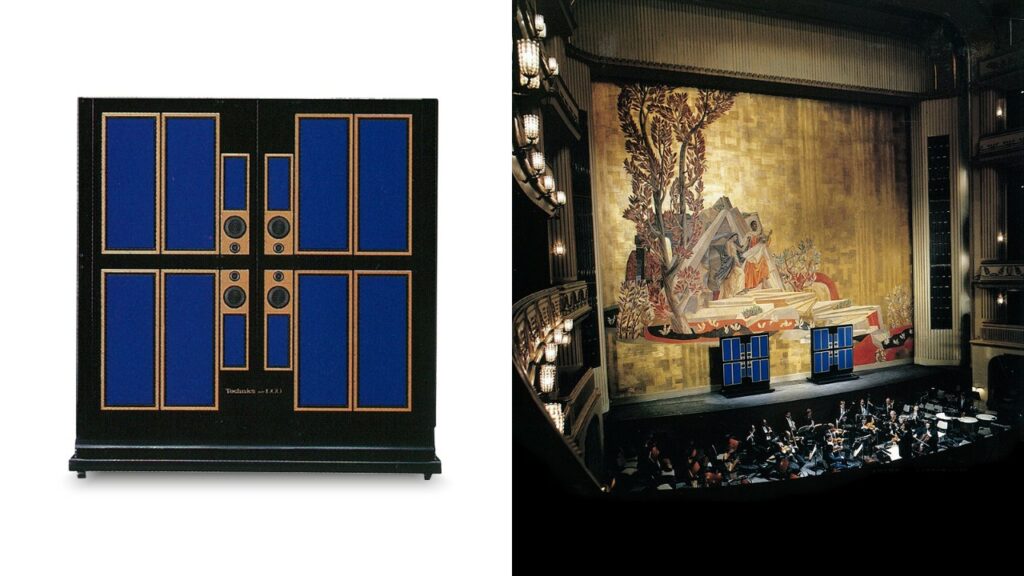
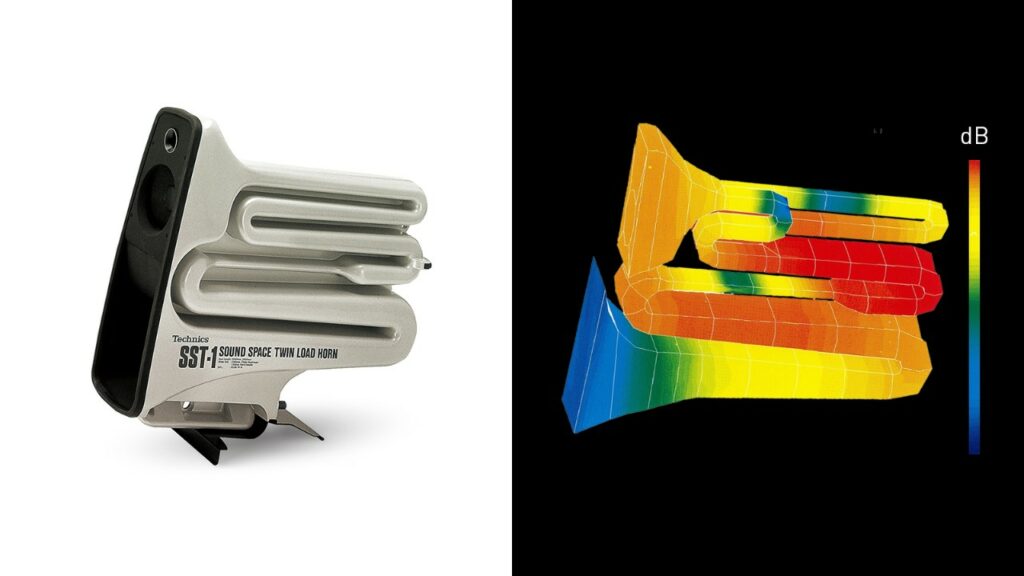
The SST-1 twin-load horn speaker system utilized a unique acoustic design. Known for delivering authentic hi-fi sound from a form resembling a wind instrument, it achieved both functional and aesthetic excellence. In March 1990, the revolutionary design of the SST-1 was recognized by the Museum of Modern Art (MoMA) in New York and became part of its permanent collection.
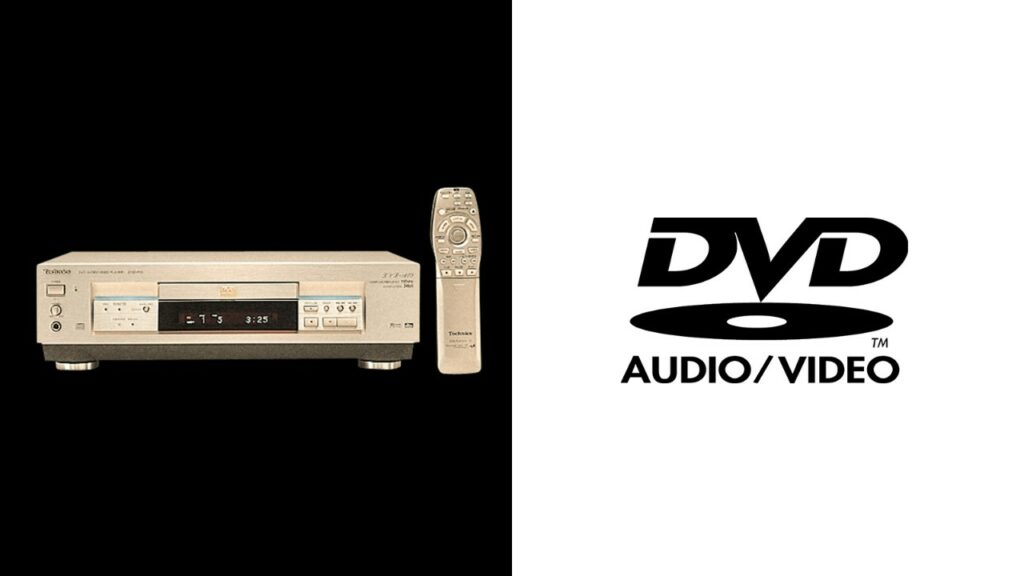
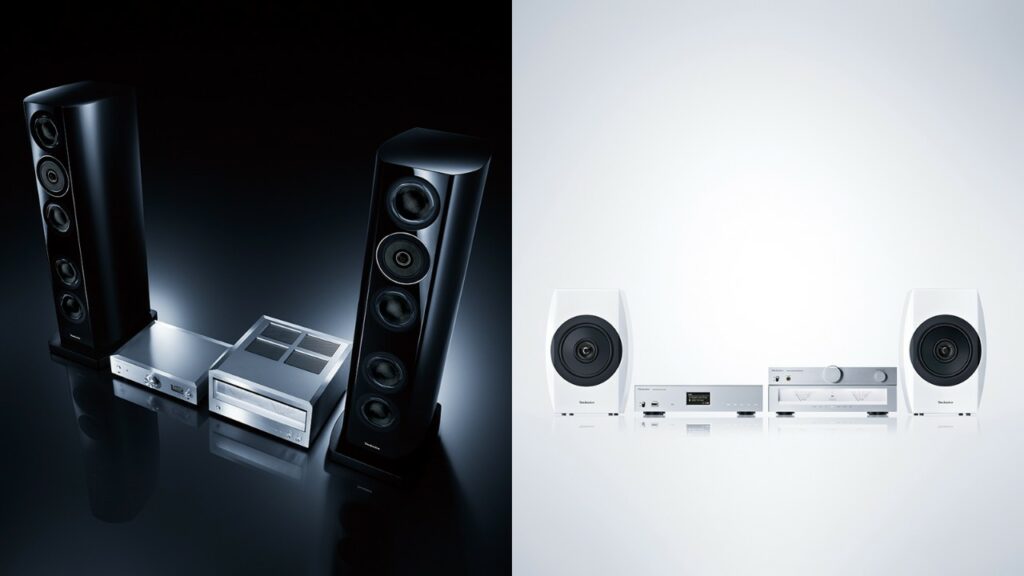
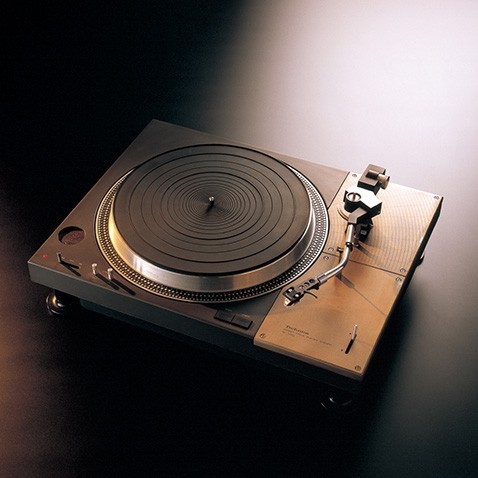
The SL-1100 introduced in 1971 was the second direct drive turntable model. In addition to the direct drive system, this model featured a die-cast body with integrated tonearm and platter to achieve the compact size. The integrated structure adopted in the SL-1100 had a major impact on the later disco/club scene.
Those years saw the birth of hip-hop music. DJ Kool Herc is known as the founding father of hip-hop music. He threw a birthday party for his sister in the early 1970s, and used two turntables to play music. His performance is said to be the origin of hip-hop music. In those years, many people held “block parties” in which DJs brought their own equipment to play music. Therefore, the ease of equipment use and its portability were key factors. The SL-1100 integrated construction turntable was the turntable that the founder of the hip-hop culture, DJ Kool Herc, continued to use at block
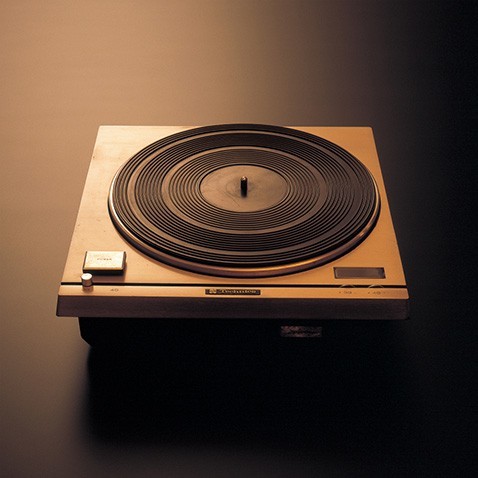
Introduced in 1970, the SP-10 was the world’s first direct drive turntable, which SL-1200 models developed thereafter were based on. In the belt drive system and idler system, noise is generated due to rotation irregularities or belt vibrations that result from aging. The direct drive system, in which a low-speed motor was directly connected to the platter, eliminated this problem because it used no belt or idler. The direct drive system thus established itself as an alternative drive system to the belt drive and idler drive leading to the development of the SL-1200. The stable rotation and quickness to reach the rated speed offered by the direct drive system undeniably had a major influence on the performance techniques of club DJs who began to appear in the late 1970s.
From 1960 to 1970, funk music became popular and it formed the base of all dance beats that followed. James Brown and many other music artists assembled new “Black Music” groove, who led to further development of hip-hop music.
Surpassing Conventional Analog Technology
As analog sound sources gained renewed appreciation, Technics developed a coreless direct-drive motor that dramatically improves sound quality by eliminating cogging, a common issue with conventional direct-drive motors. This innovation was perfected into a Direct Drive Turntable System, making it highly suitable for today’s music scene.

Integration of Digital and Analog Sound Technologies
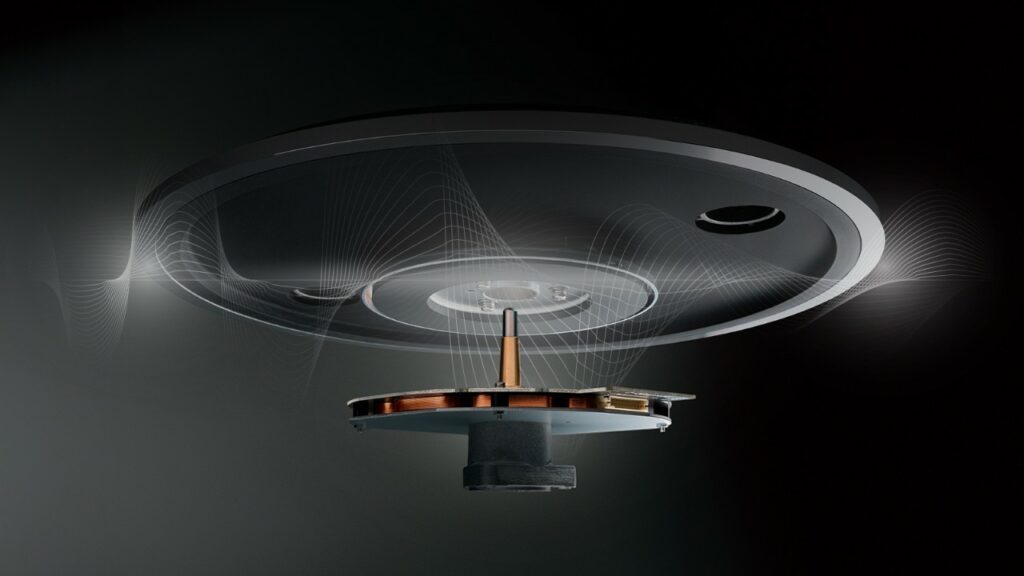
The Great Stories Continue…
Since its inception, we have aimed to “faithfully represent sound expression of the creators and performers and deliver the best possible musical experience to listeners.”
We remain perpetually inquisitive and curious, questioning common sense and pushing ourselves to go beyond the limits. Our goal is to contribute to the development of music culture worldwide. We will continue to move forward alongside those who love music.